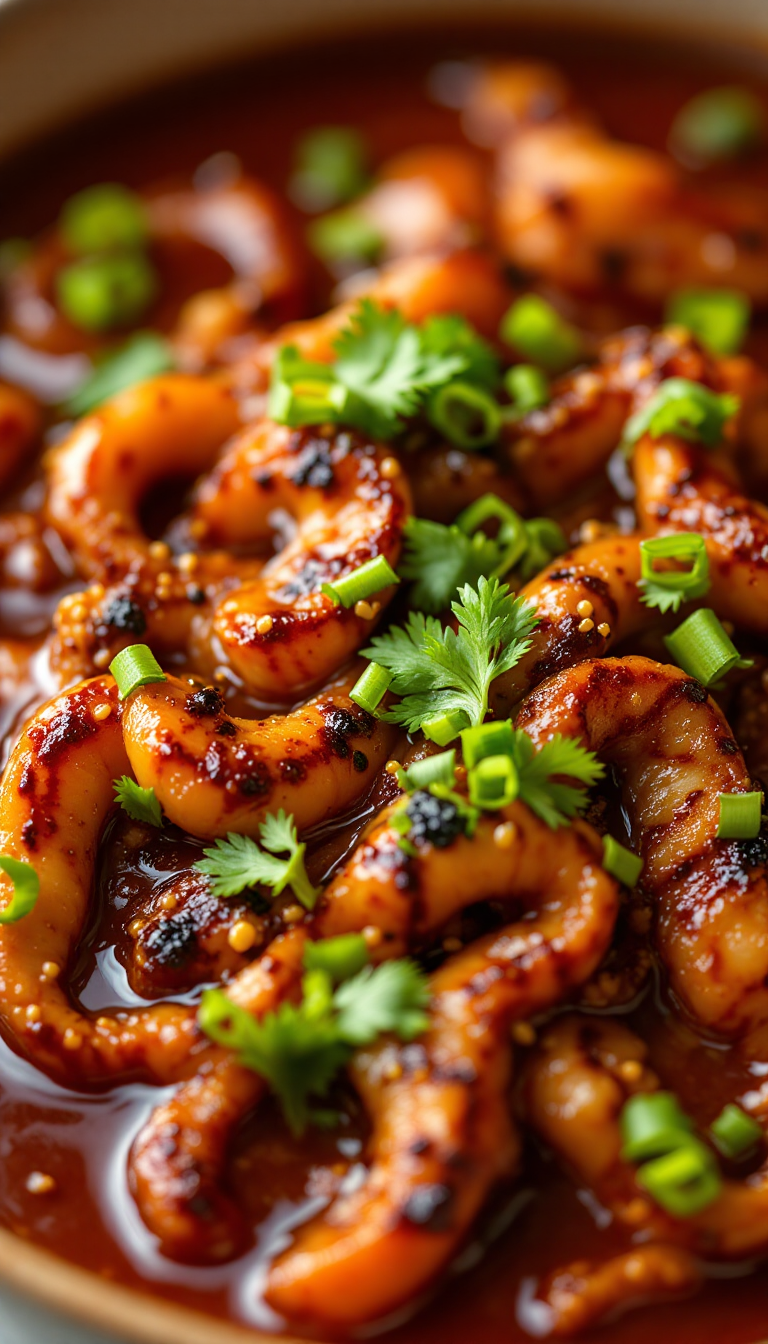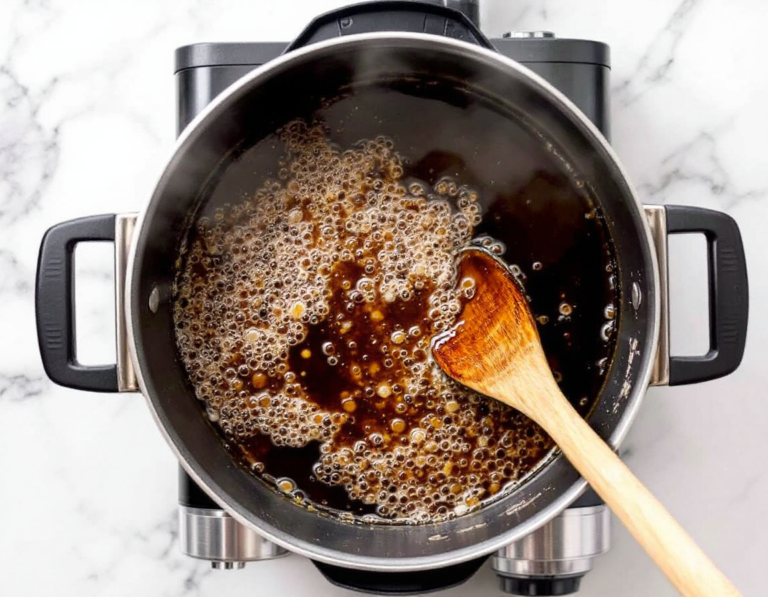
There’s something magical about creating your own sauces at home, isn’t there? The way flavors meld, the anticipation as it simmers—it’s like crafting a potion that brings dishes to life. And speaking of magic, have you ever tried making unagi sauce from scratch?
It’s surprisingly simple, yet transforms any sushi night into a gourmet experience. I remember the first time I tasted homemade unagi sauce; it was a rainy Tuesday, and the kitchen was filled with the sweet-savory aroma that made me forget all about the dreary weather outside. It’s like comfort in a bottle—well, a jar, I suppose.
With just a few ingredients that might already be hiding in the depths of your pantry, you can whip up a sauce that’s sticky, glossy, and oh-so-delicious. Trust me, once you try this, you might just find yourself skipping the takeout menu and reaching for your homemade stash instead.
Steps
- Gather all necessary ingredients: soy sauce, white sugar, and mirin.
- Place a small saucepan over medium heat and combine the soy sauce, sugar, and mirin in it.
- Stir the mixture continuously while cooking until it reduces to approximately 3/4 cup in volume.

Ingredients
- ½ cup soy sauce
- ½ cup white sugar
- ½ cup mirin (a type of sweet Japanese wine)
Nutritional Values
Calories: 726 | Carbs: 150g | Protein: 6g | Sodium: 7218mg | Total Sugars: 138g | Dietary Fiber: 0g | Calcium: 36mg | Iron: 0mg | Potassium: 282mg
FAQ
- What is eel sauce, and what are its traditional uses?
- Eel sauce, also known as nitsume, kabayaki sauce, or unagi no tare, is a sweet and salty condiment traditionally used on Japanese grilled eel and eel rolls. It is also commonly drizzled over sushi and can enhance the flavor of grilled fish, chicken, and even fresh noodles.
- Can I make a richer version of eel sauce?
- Yes, you can add a half cup of dashi, a Japanese stock, to the sauce to create a richer and more authentic flavor profile. Dashi is best made at home for optimal taste.
- What are the main ingredients in eel sauce?
- The primary ingredients for making eel sauce are soy sauce, white sugar, and mirin, which is a type of Japanese sweet wine. These ingredients are cooked together until reduced to achieve the desired consistency and flavor.
- How can I modify the flavor of eel sauce?
- To adjust the flavor, you can add a little more soy sauce for a tangier taste or let the sauce caramelize slightly for a stickier texture. These modifications can enhance the sauce’s flavor and make it more suitable for various dishes.
- Is it possible to use low sodium soy sauce in this recipe?
- Yes, using low sodium soy sauce is an option for those looking to reduce their sodium intake while still enjoying the delicious flavors of eel sauce.
Tips
- For a richer, more traditional taste, consider adding half a cup of dashi to the sauce. Dashi is a Japanese stock that enhances the depth of flavor.
- If you prefer a thicker sauce, allow it to simmer until it reduces to a caramel color, then lower the heat and stir occasionally for about 20 minutes.
- Adjust the flavor by experimenting with adding a little extra soy sauce if you want a tangier profile. This can also help balance the sweetness.
- For a lighter version, try using low sodium soy sauce to reduce the salt content without sacrificing taste.
Equipment
- Small saucepan – A good quality saucepan suitable for heating and reducing sauces.
- Cooking spoon or spatula – For stirring the sauce as it cooks.